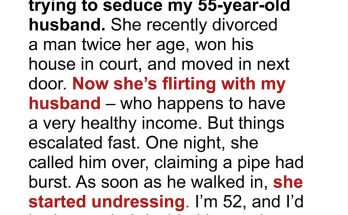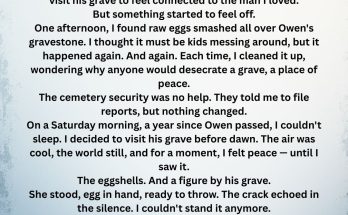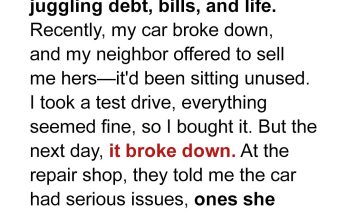I first saw the T‑shirt image on my feed between recipes and vacation photos. The caption promised a personality reveal: count the holes and it tells you whether you’re a narcissist. I clicked because it was silly, then because I wanted to know what it would say about me.
At first I counted quickly, confident I’d get it right. When my number didn’t match the answer in the comments, I felt a tiny sting—annoyance, then curiosity. Why did I see it one way while others saw it another? The test was simple, but my reaction felt complicated.
I asked a friend to look with me. She laughed and pointed out details I’d missed. Instead of feeling defensive, I felt exposed in a useful way: my first impulse had been to insist I was right. That impulse was familiar. It showed up in meetings, in arguments, in the way I sometimes steer conversations back to me. Seeing it reflected in a silly image made it harder to ignore.
Counting holes didn’t diagnose me. What it did was hold up a mirror. Perception is personal, and so is pride. The image didn’t prove I was a narcissist, but it did show me how quick I could be to protect my view of myself. That realization mattered more than any label.
So I used the moment. I practiced pausing when I felt the urge to be right. I asked questions instead of correcting. I listened to my friend explain what she saw and tried to learn from it. The T‑shirt stopped being a test and became a prompt: a small, repeatable way to check whether I was choosing empathy over ego.
I still don’t know how many holes the “right” answer has, and honestly that’s not the point anymore. What matters is that a tiny optical illusion nudged me toward something bigger—awareness, humility, and the choice to be better.



